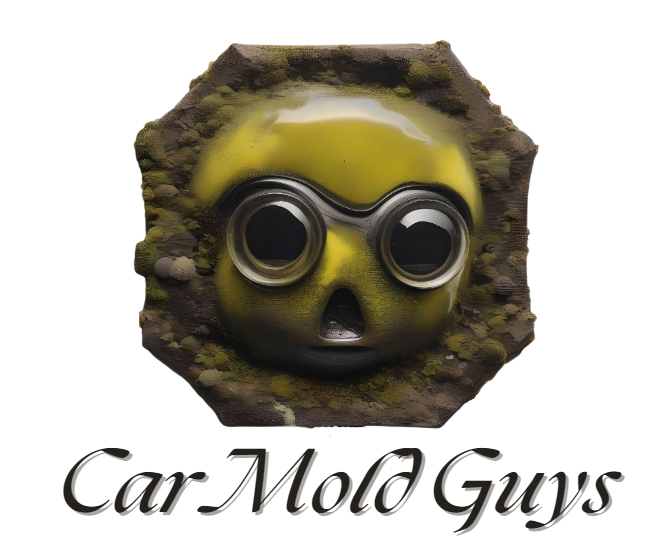The Ultimate Guide to Removing Car Odors
There’s nothing quite like the new car smell. But over time, a variety of odors can invade your vehicle, turning that pleasant scent into something far less desirable. From smoke and pet odors to mold and everyday grime, unwanted smells can make your car a less inviting place to be. This comprehensive guide will show you how to effectively use car odor eliminators, deodorizers, and other techniques to restore freshness to your vehicle.
Understanding the Sources of Car Odors
Before diving into the solutions, it’s important to understand the common sources of car odors:
- Smoke: Cigarette smoke is one of the most persistent car odors. The smoke particles penetrate upholstery, carpets, and even the ventilation system.
- Pets: While our furry friends bring joy, they can also bring along odors from fur, saliva, and accidents.
- Mold and Mildew: Moisture in your car, often from spills or leaks, can lead to mold and mildew growth, producing a musty smell.
- Food and Drink Spills: Spilled beverages and food crumbs can decay and emit unpleasant odors over time.
- Body Odor and Sweat: Over time, body odor from passengers can linger in the seats and fabric.
Step-by-Step Guide to Removing Car Odors
- Clean Thoroughly
The first step in eliminating odors is to clean your car thoroughly.
- Vacuum: Start by vacuuming the entire interior, including the seats, carpets, and floor mats. Pay extra attention to crevices where debris might accumulate.
- Wipe Down Surfaces: Use a microfiber cloth and a suitable cleaner to wipe down all surfaces, including the dashboard, doors, and console.
- Shampoo Upholstery and Carpets: For deeper cleaning, use a carpet and upholstery cleaner. This helps to remove embedded dirt and grime that can cause odors.
- Use a Car Odor Eliminator
Car odor eliminators are specifically designed to neutralize bad smells rather than just mask them.
- Sprays: There are various odor-eliminating sprays available that can be applied to the interior of your car. These sprays often use enzymes to break down odor-causing molecules.
- Activated Charcoal: Activated charcoal is highly effective at absorbing odors. Place a few bags of activated charcoal in your car to help neutralize smells.
- Chlorine Dioxide (CLO2): For severe odors, chlorine dioxide can be used to eliminate even the most stubborn odors. However, it’s important to use it carefully and follow safety instructions.
- Car Deodorizers
Once you’ve neutralized the odors, you can use car deodorizers to keep your car smelling fresh.
- Air Fresheners: Traditional air fresheners come in various scents and forms, such as hanging trees, vent clips, or gel cans.
- Essential Oils: A few drops of essential oils on a cotton ball or a specialized diffuser can provide a pleasant and natural scent.
Specialized Odor Removal
Car Smoke Odor Removal
Removing smoke odor from a car can be particularly challenging due to the pervasive nature of smoke particles. Here’s a step-by-step approach:
- Deep Clean the Interior: Clean all surfaces thoroughly, including the windows, as smoke residue can cling to glass.
- Replace Air Filters: Smoke particles can get trapped in your car’s air filters. Replacing them can help prevent the recirculation of smoke odor.
- Use an Odor Neutralizer: Apply an odor-neutralizing spray designed specifically for smoke odors. These products contain chemicals that can break down smoke particles.
- Chlorine Dioxide (CLO2): chlorine dioxide can be highly effective for smoke odor removal.
Car Mold Odor Removal
Mold and mildew can produce a musty smell that’s not only unpleasant but also potentially harmful. Here’s how to tackle it:
- Identify the Source: Find and fix any leaks or sources of moisture. Check the sunroof drains, door seals, and windows.
- Remove Mold: Use a mixture of water and white vinegar or a commercial mold cleaner to scrub away visible mold. Wear gloves and a mask to protect yourself.
- Dry the Interior: After cleaning, make sure the interior is completely dry. Use a dehumidifier or leave the windows open on a dry, sunny day.
- Use a Mold Odor Neutralizer: There are products specifically designed to neutralize mold odors. Spray these on the affected areas to eliminate the smell.
Preventing Future Odors
Once you’ve successfully removed the odors from your car, it’s important to take steps to prevent them from returning:
- Regular Cleaning: Keep your car clean by regularly vacuuming, wiping down surfaces, and removing trash.
- Address Spills Immediately: Clean up any spills as soon as they happen to prevent odors from developing.
- Use Seat Covers: Seat covers can protect your upholstery from spills, pet hair, and other sources of odors.
- Keep Moisture Out: Ensure your car’s interior stays dry by checking for leaks and using floor mats to protect the carpets.
- Ventilate: Regularly airing out your car can help prevent the buildup of odors.
Conclusion
Removing car odors requires a combination of thorough cleaning, effective odor neutralizers, and preventive measures. By using car odor eliminators, deodorizers, and targeted techniques for smoke and mold odor removal, you can keep your vehicle smelling fresh and inviting. Regular maintenance and attention to spills and moisture can also go a long way in ensuring that bad smells don’t return. Whether it’s the stubborn scent of cigarette smoke or the musty smell of mold, following these steps will help you reclaim that fresh car scent you love.
Top of Form
Bottom of Form

